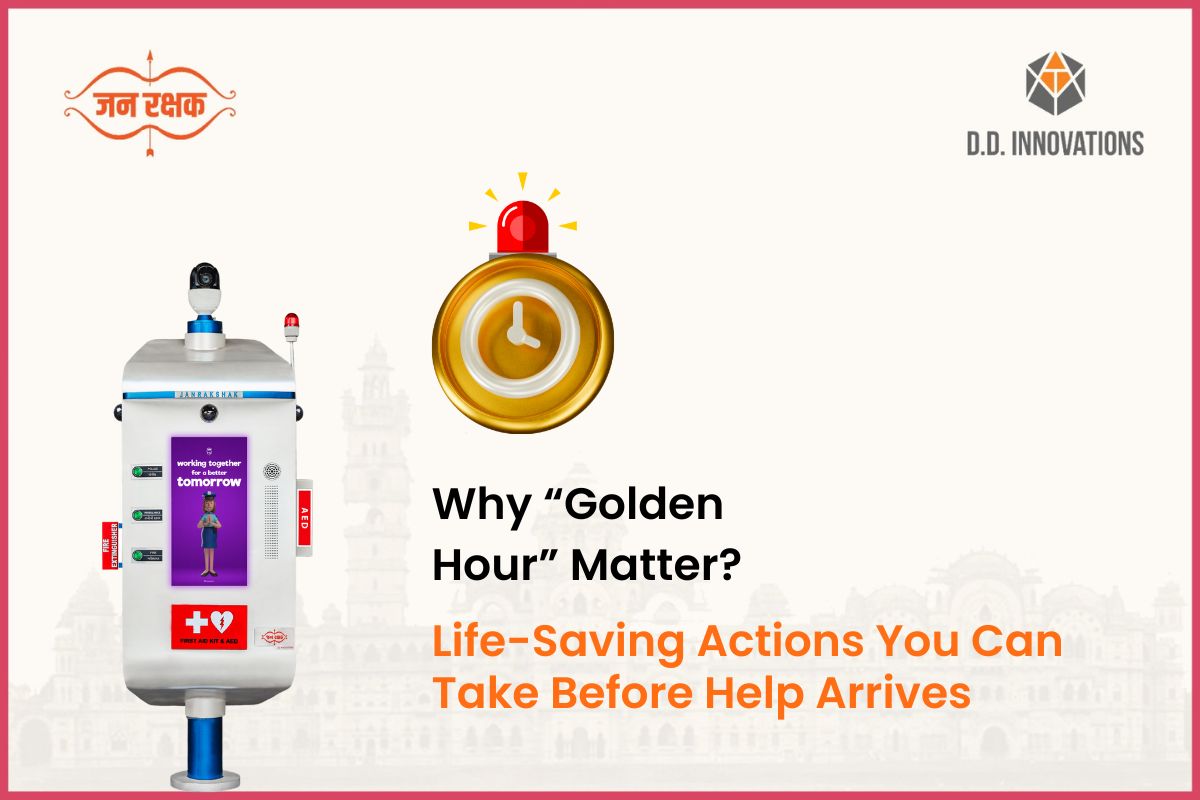As cities in India continue to expand rapidly, the responsibility to ensure citizen safety has never been greater. From crowded junctions and public parks to transport hubs and educational zones, every urban space must now be designed not only for efficiency but also for safety.
This is where smart, tech-driven solutions like a Public Safety Kiosk come into play, bridging the critical gap between citizens and emergency responders.
For urban development officers, understanding how to plan, deploy, and integrate such kiosks into the city’s infrastructure is becoming a key component of modern governance.
The Evolving Need for On-Ground Safety Infrastructure
According to data from the Ministry of Road Transport and Highways, more than 4 lakh road accidents occur in India annually. In many cases, victims don’t receive timely help due to the lack of nearby emergency systems.
Urban planners are now realizing that while technology powers cities, it should also protect them.
A well-placed Public Safety Kiosk can provide immediate access to police, ambulance, and fire services, helping reduce emergency response time significantly.
The focus of city planning must now shift from post-incident management to proactive safety design, embedding public safety devices directly into the civic ecosystem.
Key Factors Urban Development Officers Must Consider
Before deploying emergency kiosks, urban officers and contractors need to evaluate several important factors to ensure long-term impact and operational success.
1. Location Priority
Kiosks should be placed in high-footfall and high-risk areas such as:
- Bus terminals and metro stations
- College and school entrances
- Religious places and public parks
- Major intersections and highway rest zones
- Tourist spots and marketplaces
Strategic placement ensures that help is never far away when someone needs it most.
2. Connectivity and Integration
A Public Safety Kiosk should be integrated with the city’s command center for real-time communication.
This enables live monitoring, two-way audio-visual interaction, and automatic alerts to nearby emergency services.
Ensuring reliable power backup and network connectivity is essential for uninterrupted functioning.
3. Maintenance and Responsiveness
Once installed, the kiosk should not become a forgotten unit. Regular maintenance checks, component upgrades, and monitoring logs must be part of the city’s standard operating plan. Periodic audits help ensure that the system is always functional when it truly matters.
4. Accessibility for All
The design must be intuitive and usable by people of all ages and abilities, from children to senior citizens. Features like emergency buttons, clear visual indicators, and voice assistance make the system inclusive.
5. Community Awareness
Even the most advanced system loses its purpose if people are unaware of how to use it. City officers must collaborate with local schools, NGOs, and residents’ associations to educate the public about kiosk functionality and its benefits.
How Smart Cities Can Leverage Safety Kiosks
With initiatives like Smart City Mission, Indian cities are evolving into digital ecosystems. Integrating safety kiosks into these frameworks can strengthen emergency preparedness while demonstrating transparency and technological progress.
By aligning kiosk deployment with CSR initiatives and public-private partnerships, cities can optimize budgets and accelerate implementation timelines.
Why Jan Rakshak Leads the Way
Among the emerging solutions, Jan Rakshak stands out as a practical and reliable safety innovation for urban environments. Designed and manufactured in India, it combines advanced emergency tools with a user-friendly interface.
Each unit includes:
- Direct alert buttons for police, ambulance, and fire departments
- Live CCTV and command center connectivity
- AED Box, first aid kit, and fire extinguisher
- Public announcement speaker and digital display for awareness messages
Deployed in high-footfall zones across Gujarat, Jan Rakshak ensures that help is always just one press away, turning urban safety from a plan into a promise.
Final Thought
As India’s cities continue to modernize, safety must evolve alongside infrastructure. For urban development officers, integrating devices like Jan Rakshak is not just about compliance, it’s about creating a future where no citizen feels helpless in an emergency.
Because true progress is measured not by how fast a city grows, but by how safely its people live.




